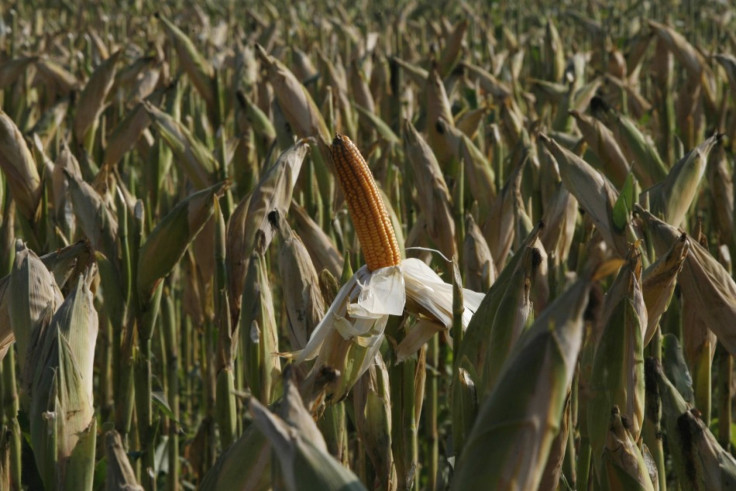High-tech Farming More Profitable, Study Finds

Corn producers using nitrogen sensors in their fields are reaping greater profits, a study in Agronomy Journal found. The average profit across all farms in the study increased by $17 per acre with the use of crop sensors. Many farmers are hesitant to invest in the new equipment, despite evidence that it will increase their earnings, said Peter Scharf, an agronomist at University of Missouri in a statement from the American Society of Agronomy.
The adoption numbers are quite small, Scharf said in the statement.
Rising seed and fertilizer costs have prompted the grain industry to look for ways to squeeze more ears of corn out of fewer acres of land. Stricter government regulation of nitrogen use in recent years is also an added incentive for corn producers to adapt their farming practices.
Nitrogen sensors are part of a suite of modern practices commonly coined as precision farming, says John Sawyer, a crop expert at Iowa State University.
Nitrogen sensors have been available to farmers since the early 90's, Sawyer said. The sensors measure the density and makeup of plant matter in the field, which is important for estimating crop yields.
Excessive rain during the past few years has washed away much needed nitrogen in some Midwest fields, increasing the need for tools that help farmers know where and how much of the fertilizer to apply.
There are some years when you have losses that you can't plan for, Sawyer said.
The drawbacks to the new sensors, Sawyer said, are their cost and the time it takes to interpret the resultant data. Nitrogen sensing systems cost between $10,000 and $16,500, according to the American Society of Agronomy, a hefty investment for many small-farm producers.
Precision farming practices are in their infancy, and it may still be years before they are widely adopted. But they are a trend likely to grow, so to speak.
I don't think we're at the final stages of implementation in the sensors, Sawyer said.
© Copyright IBTimes 2024. All rights reserved.





















